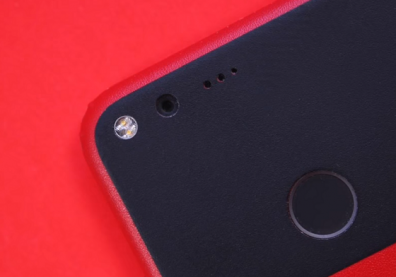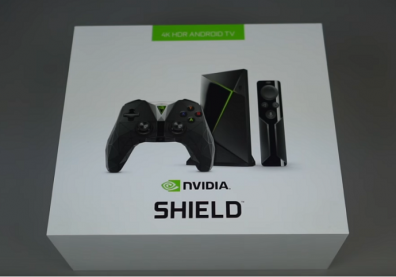For smartphone users who want the experience of an iPhone but without the expense that comes along with it, then the newly launched Google Pixel and Google Pixel XL may just be the right one for them. Even with the death of the Nexus range, the new Google Pixel and Google Pixel XL prove that its advantage is not in its branding, but the pure Android experience that only a Google-sanctioned handset can offer.
No wonder these phones stand to become two of the best smartphones currently available in the market. But what do the Google Pixel and Google Pixel XL have to offer? Here's the roundup of everything there is to know about the new Android smartphones: specs and features, upgrades, price details, and more.
Specifications and features
The Google Pixel and Google Pixel XL sport a 5.0- and 5.5-inch build, respectively. Both run on the Qualcomm Snapdragon 821, the Adreno 530 and 4GB of RAM. Both of them pack 32 GB to 128 GB internal memory, although there is a difference in battery life. The Google Pixel runs on 2,770 mAH, while the Google Pixel XL runs on 3,450 mAH. They also come on the latest version of the Android Nougat.
The Google Pixel and the Google Pixel XL share the same camera specs. Both sport a 12- and 8-megapixel Sony-powered rear and front cameras, respectively. Both shooters boast between f/2.0 and f/2.4 apertures, according to Anandtech.
Upgrades
Perhaps the best selling points for the new Google Pixel and Google Pixel XL, however, is its premium on artificial intelligence. According to Pocket-Lint, the new Google Assistant, which serves as a gateway to the Android environment, will give Apple's Siri a run for its money. Moreover, its increased support for VR via its Daydream View VR headsets now provides users with a more enjoyable VR experience.
Price
However, these steep specifications and features do not come cheap, albeit certainly competitive given what it can offer. The Google Pixel and Google Pixel XL come in three colors--Really Blue, Quite Black and Very Silver--and are pegged at $699 for the lowest-end configuration.










